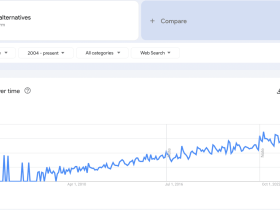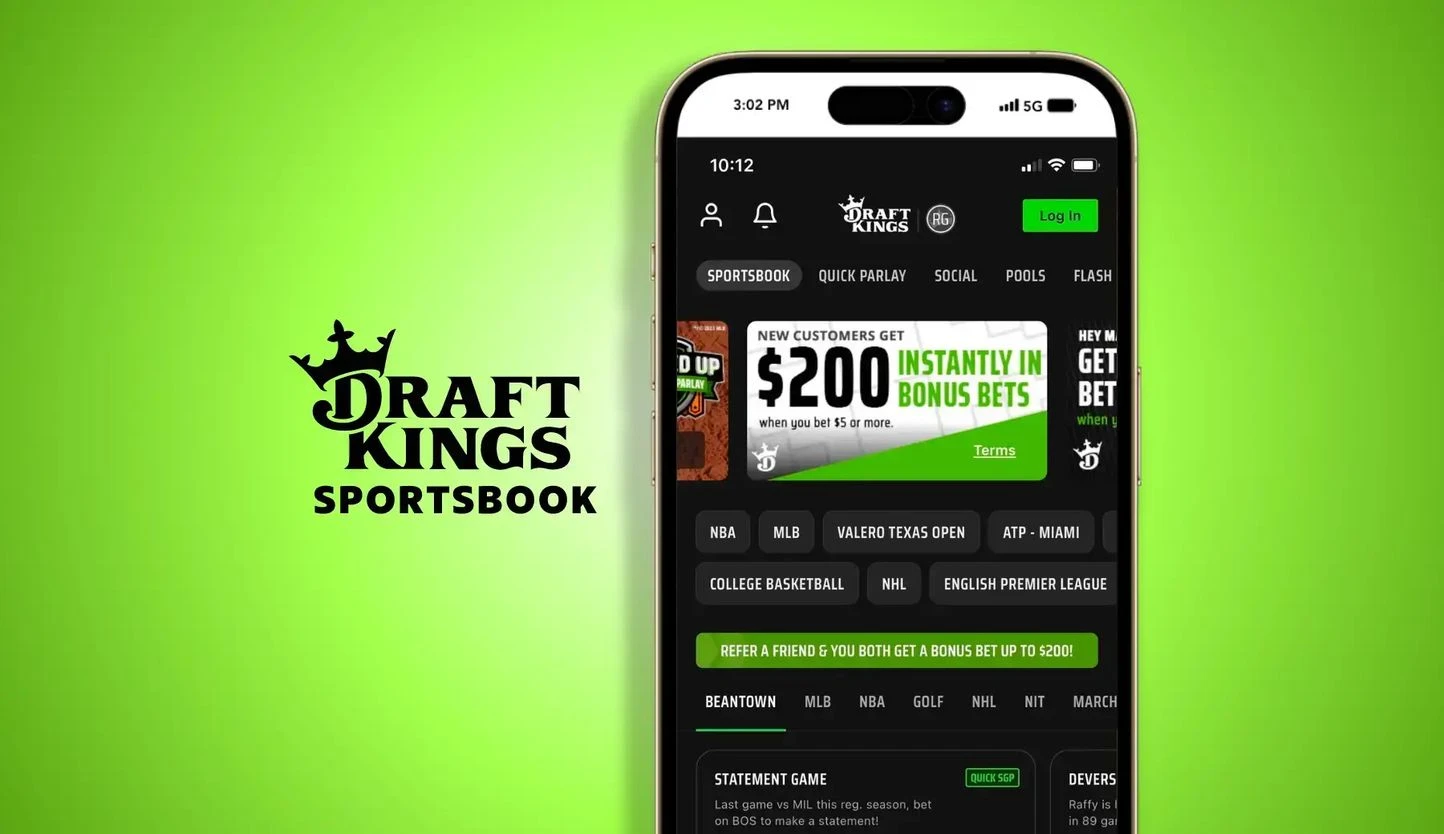Starting a company, if done right, delivers better returns than almost any other investment. Just ask these guys—they took a modest $25,000 and turned it into a $25 billion empire. And they did it in a way that only entrepreneurship allows.
This is their story.
Jason Robins, Matthew Kalish, and Paul Liberman weren’t the type to sit still. The trio met while working at Vistaprint, where they built careers in marketing and analytics. They were doing well, climbing the corporate ladder like any ambitious professionals. But for them, the climb was too slow.
Between games of poker and casual softball matches, they bounced around business ideas. Some were intriguing, others were forgettable. But one stuck—Paul had an idea about fantasy sports that changed everything.
At the time, fantasy sports required a huge time commitment—players had to draft teams and manage them for an entire season. Paul saw an opportunity: what if fantasy sports could be played in a single day? A quick, high-stakes version that gave players the thrill of competition without the long-term commitment?
The others agreed. This was their shot.
Pooling together $25,000, they hired a lawyer and officially incorporated their company in Massachusetts in 2012. Then, they got to work.
They put together a business plan, pitched investors, and secured $1.4 million to build their first mobile app. Moving fast, they went from prototype to launch in just three months. By April 2012, their platform was live.
DraftKings wasn’t the first daily fantasy sports company—there were already competitors in the market, including a Massachusetts-based startup called StarStreet—but they knew they had something special.
The first-ever DraftKings contest was a one-on-one matchup for Major League Baseball’s opening day in 2012. The response? Massive. So massive that by 2013, Major League Baseball itself invested in the company. In that first full year, DraftKings awarded $50 million in prizes, proving that daily fantasy sports wasn’t just a gimmick—it was the future.
By 2014, DraftKings was the second-largest daily fantasy sports provider, with 50,000 active users on the platform every single day and over one million registered users. They solidified their dominance by acquiring StarStreet in August 2014 and securing $41 million in venture capital at the same time. Their momentum was undeniable.
Then, in 2015, DraftKings landed deals with ESPN and Fox Sports, bringing in an astonishing $550 million in funding. It seemed like nothing could stop them. But then, in 2016, the business faced its biggest challenge yet.
That year, attorneys general from New York, Illinois, Texas, Nevada, and other states began targeting daily fantasy sports, arguing that they violated state sports betting laws. The industry was suddenly under siege. DraftKings had to pull out of multiple states, and the entire business model was in jeopardy.
To survive, DraftKings attempted a merger with their biggest rival, FanDuel, in 2017. But the Federal Trade Commission blocked the deal, citing antitrust concerns. With nowhere to run, the company found itself on the ropes.
Then, in 2018, everything changed—again.
In May 2018, the U.S. Supreme Court lifted the federal ban on sports betting, allowing individual states to legalize it if they chose. DraftKings saw the writing on the wall—this was their moment.
Anticipating a new era, they studied the European sports betting market and prepared for their next big move. When New Jersey became the first state to legalize online sports betting in August 2018, DraftKings was ready. They pivoted fast, launching DraftKings Sportsbook, their official online sports betting platform.
Using their existing brand recognition and user base, they quickly became a leader in the newly legalized market. And it worked—big time.
In April 2020, DraftKings went public with a market cap of $3.3 billion. Today, it’s worth around $25 billion—not a bad return on a $25k investment.
This entire journey proves one thing: patience is overrated in business. Jason, Matthew, and Paul could have stayed in their corporate jobs, slowly working their way up the ladder. But they weren’t willing to wait years for success.
Instead, they built something from scratch, adapted when necessary, and never looked back.
So, the real question is—are you willing to wait? Or is it time to take your own leap into entrepreneurship?





